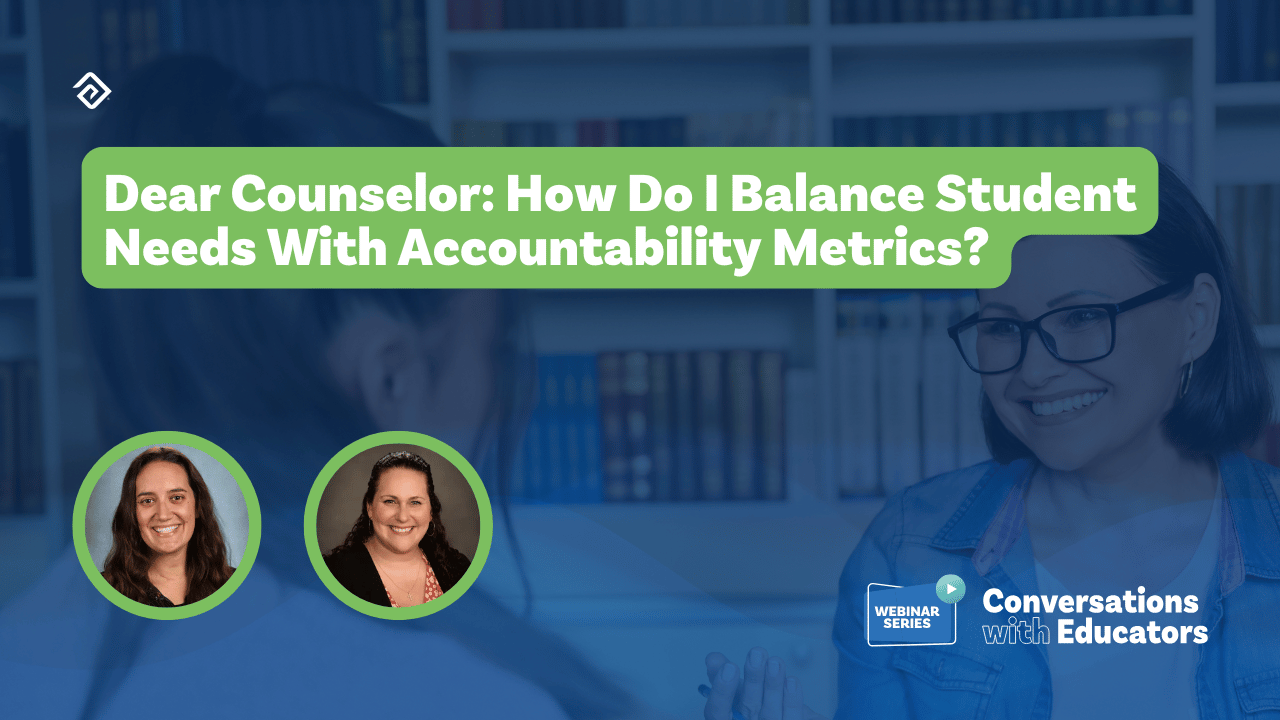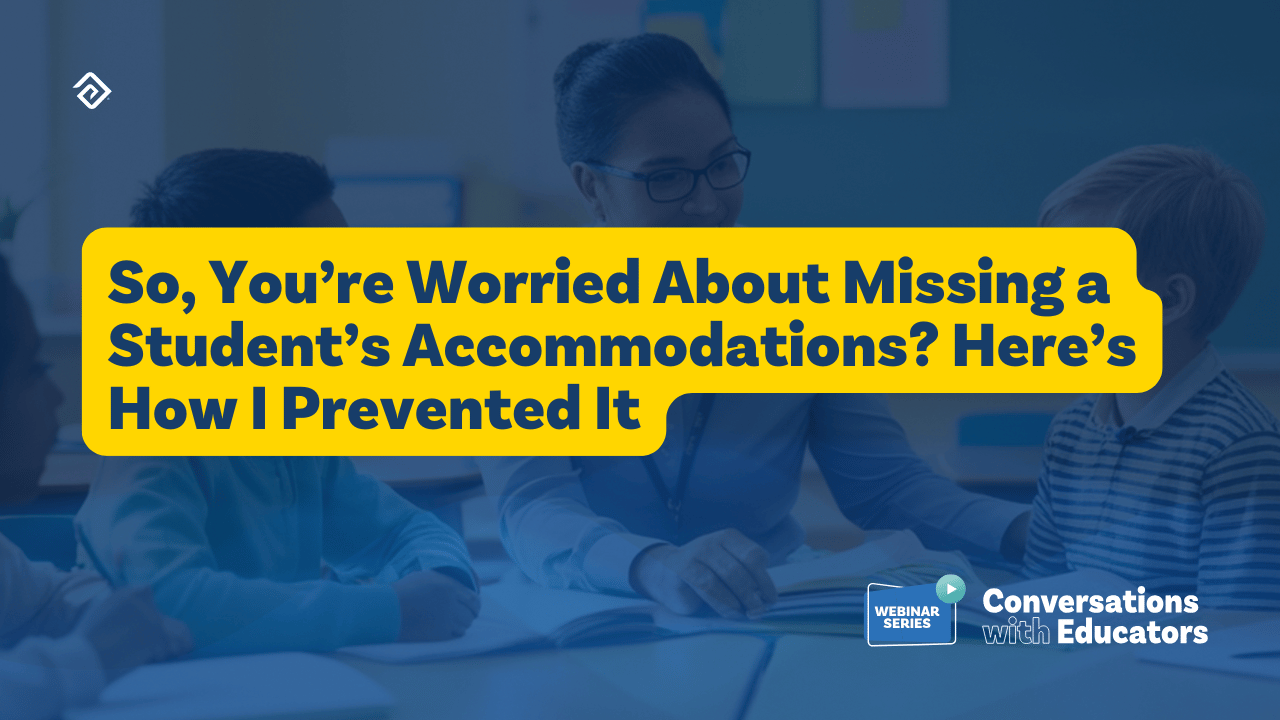Accommodations and Modifications Checklist: 10 Things to Keep in Mind

An accommodations and medications checklist — sometimes called an adjustment checklist — is an important educational adaptation tool for providing the necessary support required by students with diverse learning needs. The checklist helps teachers create individualized plans that cater to a student’s specific challenges and strengths.
Understanding Accommodations and Modifications
Accommodations are changes to teaching methods, assessment techniques, or learning environments to support a student’s learning process. These adaptations do not considerably alter academic standards, contents, or instruction levels.
Common examples of classroom accommodations in schools include:
- Extending time for task completion and/or tests
- Providing the student with a distraction-free space for tests
- Providing a copy of presentation slides or lecture notes
- Offering preferential seating in the classroom
- Allowing the use of assistive technology (such as speech-to-text software)
- Using visual aids to support understanding
On the other hand, modifications involve altering the learning objective or curriculum to suit their learning needs. In other words, modifications adjust educational content to make it more accessible to the student.

Some examples of modifications include:
- Adjusting the complexity of tasks or homework assignments
- Reducing the number of questions or homework assignments
- Using alternative texts or simplifying reading materials
- Adapting the grading criteria to focus on specific learning goals
- Customizing learning materials to match the student’s learning style
Developing the Accommodations and Modifications Checklist
For an adjustment checklist to be effective, it is crucial to understand and tailor it to meet the target audience's needs. While students are usually the primary beneficiaries, the target audience may also include special education teachers, administrators, parents, and other school staff involved in the educational process.
Tailoring the checklist to the specific needs of the target audience ensures its effectiveness in supporting special needs students and their individual needs.
Additionally, it is important to collaborate with experts and stakeholders to develop a well-rounded checklist, as they can offer valuable insights and perspectives.
Experts may include:
- Special Education Specialists
- School Psychologists
- Educational Diagnosticians
- School Counselors
- Therapists
- Parents
- Students
Lastly, define the checklist's scope, ensuring it is comprehensive yet manageable. For example, determine which subject or grade level the checklist aims to cover and whether it will cover a broader range of educational settings.
The 10 Things to Be Aware Of
Here are important things to keep in mind when developing an accommodations and modifications checklist.
1. Inclusivity and Equality
Inclusive education ensures that all students have equal access to quality education in general education classrooms, regardless of their abilities or differences. The best adaptation tools in education promote diversity, respect, and support for every student.
2. IEPs and 504 Plans
An Individual Education Plan (IEP) and 504 Plans are blueprints that outline the specific classroom accommodations, modifications, and related services a student with disabilities or learning challenges will receive to support their education.
When developing accommodations and modifications, it is important to effect the right changes in the curriculum or teaching methods to ensure the academic success of special needs students.
3. Physical and Environmental Considerations
The physical environment plays a significant role in a student’s learning experience. Consider factors such as classroom layout, lighting, and seating arrangements for students with special needs. Remember to factor in accessibility when catering to students with mobility challenges.
4. Learning Styles and Preferences
When developing accommodations and modifications, teachers need to understand how students learn best. It is crucial to tailor instructional approaches to match students’ learning preferences through visual, auditory, kinesthetic, or other learning styles.
5. Assistive Technology and Tools
Assistive technology and tools go a long way in enhancing the learning experience for students with disabilities. Consider providing various supportive learning elements such as:
- Screen readers
- Speech-to-text software
- Adaptive keyboards
- Communication devices
- Talking calculators
- Braille display
By offering these assistive technologies, teachers can empower students with disabilities to access educational content more effectively and participate fully in learning.
6. Communication and Language Needs
Factor in students’ diverse communication and language needs when developing individualized plans. Ensure the adjustments recognize the needs of students with hearing impairment or speech disorders.
It is also crucial to provide language support for English language learners (ELLs) through translated materials, bilingual resources, or tailoring instructions to their language proficiency level.
Providing appropriate language supports fosters cultural sensitivity and promotes an inclusive learning environment where all students, including ELLs, can thrive academically.
7. Behavioral and Emotional Support
Ensure the adjustments foster a supportive and empathetic environment for students with behavioral or emotional challenges. Addressing their social and emotional well-being will positively impact their learning.
8. Time Management and Scheduling
Effective time management helps some students stay organized and on track with their learning tasks. Adjustments should include well-planned schedules that efficiently allocate time to various activities, including studying, completing homework assignments, and participating in extracurricular activities.
9. Assessment and Evaluation Modifications
Developing well-rounded, individualized plans for students with diverse learning needs requires thoughtful adjustments. It may be necessary to change or alter assessments and evaluations to make room for different learning needs.
These changes may involve using various test formats, like allowing students to present their knowledge verbally or through visual aids. Also, some students may need additional time to complete tasks or assessments comfortably. These thoughtful adjustments ensure teachers provide a fair evaluation of students’ abilities.
10. Regular Review and Adaptation
While it is important to develop individualized plans for a student with special needs, it is equally crucial to continuously evaluate the student’s progress to determine what further changes to make.
For this reason, teachers and other stakeholders need to adapt and make changes based on the student’s progress and evolving needs.
Implementing the Checklist
Implementing accommodations and modifications is an ongoing process that requires collaboration among administrators, teachers, parents, and other professionals to ensure every student learns in a supportive environment.
Here are specific areas to focus on during the implementation phase:
Training and Professional Development
Having a checklist is one thing; knowing how to use it correctly is another. For this reason, providing training and professional development opportunities for teachers and school staff is essential. It enables them to understand the purpose of the checklist and how to effectively implement the recommended accommodations and modifications.
Monitoring and Accountability
Schools should establish a system for tracking the effectiveness of the checklist. One way to do this is by regularly monitoring its use and setting up accountability mechanisms to ensure everyone applies the adjustments appropriately and consistently.
Continuous Improvement
An accommodations and modifications checklist is a living document that evolves over time. Encourage stakeholder feedback and use the suggestions to review and update the checklist regularly.
Conclusion
An accommodations and modifications checklist allows for individualized plans that address students’ diverse learning needs. Schools that implement this adaptation tool remove barriers that may prevent some students from fully participating in the learning process.
Additionally, evaluating students’ learning becomes much easier with the right assessment tools, such as TestHound. By using this tool, schools can ensure that all students, including those with special needs, receive the support they need for academic success.If your school is interested in new ways to improve the learning experience for children, you may also be interested in automating tasks and streamlining processes so that your teachers have more time to teach.
Education Advanced offers a large suite of tools that may be able to help. For example, three of our most popular and effective tools are:
- Cardonex, our master schedule software, helps schools save time on building master schedules. Many schools used to spend weeks using whiteboards to organize the right students, teachers, and classrooms into the right order so that students could graduate on time and get their preferred classes. However, Cardonex can now be used to automate this task and deliver 90% of students' first-choice classes within a couple of days.
- Testhound, our test accommodation software, helps schools coordinate thousands of students across all state and local K-12 school assessments while taking into account dozens of accommodations (reading disabilities, physical disabilities, translations, etc.) for students.
- Pathways, our college and career readiness software, helps administrators and counselors create, track, and analyze graduation pathways to ensure secondary students are on track to graduate.
- Evaluation, our teacher evaluation software, documents every step of the staff evaluation process, including walk-throughs, self-evaluations, supporting evidence, reporting, and performance analytics.


More Great Content
We know you'll love



